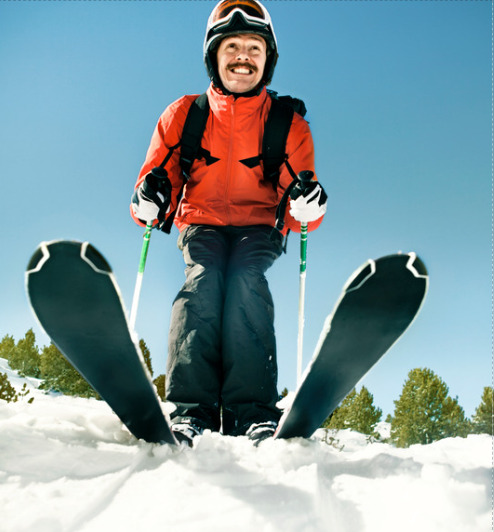6 Top Tips for Ski Ready Feet
This winter season, with a year full of unexpected travel alterations there’s one place Winter calls a trip to the snow! Skiing and snowboarding are just some of the activities we will do this winter and bet others have already done so by now.
If you’re planning to hit the slopes this winter, ensure you take steps to prepare your feet for this exercise in the extreme cold. Without proper foot care, winter sports can result in all kinds of foot ailments, including sprains, blisters, athlete’s foot and even frostbite. The skis connected to your boots are just another adjustment that the feet and ankles will need to adjust to and preparing for this weeks before is prudent.
Did you know that skiing, and its close cousin snowboarding use different muscles such as jogging compared to running?
Here are some top tips to get your feet Winter ski ready.
6 Top Tips for Ski Ready Feet
1. Exercise and Massage Your Feet. Take time to stretch and strengthen your feet to reduce the chances of getting a strain or injury. Wiggle your toes and move your ankle for a few minutes each day and also gently massage your feet to improve circulation and relax muscles. Especially look to improve your ankle mobility particularly for those of us with stiff ankles.
2. Make Sure Your Boots are of the Right Size. Wearing boots that are the correct size for your feet is essential for preventing sprains, aches, blisters and calluses. Boots that are too tight restrict blood flow to your toes, which can then cause your feet to become chilled more quickly.
Hiring boots? They should be waxed, sharpened and fairly new. Better if you can afford to have your own boots.
3. Dry Dry and more Dry
Always dry out your boots at the end of the day with a proper ski boot dryer, preferably one with a UV light to kill bacteria such as a thermic uv boot and glove warmer.
4. Invest in Quality Ski Socks and gloves. Having socks specially designed for winter sports makes all the difference when skiing or snowboarding. Instead of wearing socks made out of absorbent materials like cotton, choose socks with thermal qualities, which will wick away sweat while trapping in heat.
5. Take Steps to Prevent Blisters. Wearing shoes that fit correctly and moisture-resistant socks help prevent blisters. However, if you’re prone to these painful sores, you should take extra precautions. Lubricate your feet with petroleum jelly to reduce the friction that could cause inflammation and cover up the areas of your foot most likely to get blisters with bandages or sports tape.
6. Don’t Ignore Foot Pain. Arch pain is a fairly common problem for skiers. While it is seen more frequently in a flat foot type it can happen in any foot type. Ski orthotics are one of the most comfortable solutions for arch pain. If you have existing foot problems, talk to your podiatrist about your symptoms.
Are you experiencing any foot problems? One of our chiropodist/podiatrist can assist and then recommend what treatment options are best to get you back on track. ✅
Schedule an appointment here or you may call us at 44 (0) 207 101 4000. 📞
We hope you have a feetastic day! 👣☀️
-The Chelsea Clinic and Team




